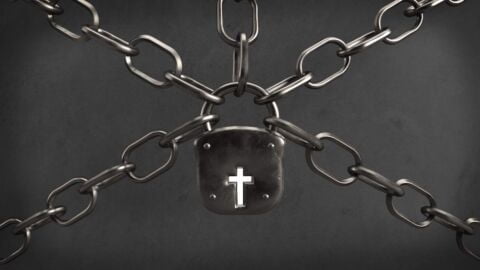Mission Communities
Many parishes, and most parishes in a rural setting, are part of a multi-parish grouping; a catch all term for benefices, teams, and groups. There has always been a mixed economy of a single parish model and a multi-parish model through much of the history of the Church of England. The distribution, makeup and rationale though has differed over time, region and context.
In 2003 the Diocese of Exeter commissioned a report called “Moving on in Mission and Ministry” which suggested grouping parishes into Mission Communities. ‘Mission’ because the calling of the Church is to mission, to look beyond itself and make disciples of Christ. ‘Community’ because of the richness of that word itself signifying fellowship, sharing, participation, and being in common. The groupings provide support, connection and common purpose for groups of Christians in a particular locality.
Local church is more than just local parish
The Church of England is based on a system of parishes that often (but not always) correspond to civil parishes. In each parish there is a parish church run by churchwardens and a Parochial Church Council. Often parish churches are ancient buildings and the focus of people’s lives for significant life events even if they don’t always some to Sunday worship.
Communities change over time – they may grow or contract, the demographic may change, schools, shops, pubs and post offices come and go and often the church is the only public building left standing.
Over the last fifty years a large number of parishes have been linked together in teams or united benefices as a way of enabling the local church to be larger than the parish, while maintaining the existence of the parish church as a worshipping centre.

Facilitating a full church life
Where the number of people who meet together as a local church is very small – sometimes in single figures – it may be impossible for the necessary variety of ministries and gifts to be found in a single parish. Mission Communities are a way of bringing together gifts and strengths across a local area.
What are the marks of a full Church life?
- worship
- prayer
- pastoral care
- mission and outreach
- opportunities for learning and teaching
- nurture for disciples of all ages
- youth and children’s work and worship
- equipping members for ministry in the community and the local church
- connecting with the local community, especially in service to the poor
- fellowship and social events
- good administration of time, resources and buildings
Some parishes can do some of the above: not all parishes can do all. Mission Communities seek to bring a fullness of church life across a number of parishes; a fullness that is mission-orientated, community focussed and locally rooted.

Our Mission Community
The 9 parishes that make up the Otter Vale Mission Community are clustered along the River Otter and comprise Payhembury and Feniton with Escot to the north, Ottery St Mary, Wiggaton and Alfington in the middle, and West Hill, Tipton St John with Venn Ottery, Harpford, Newton Poppleford and Colaton Raleigh in the south.
Ministry is shared between ordained and lay colleagues with the clergy having specific parishes they have day to day oversight of, whilst also sharing other aspects of ministry such as weddings and funerals.
The Mission Community wardens meet together 4 times a year for a shared meal and discussion, and the whole Community gathers together for an Advent Carol Service and a service of Holy Communion at Pentecost followed by a picnic.








